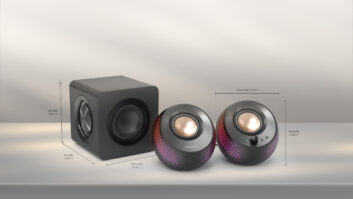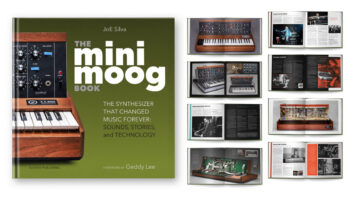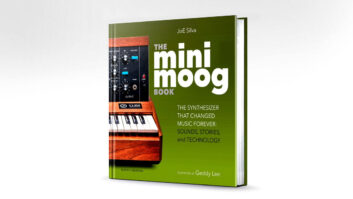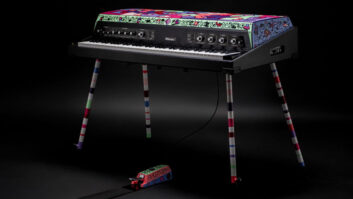I wrote a blog yesterday that wondered if a product like the Pebble Time is too big for Kickstarter. Will it make it extraordinarily difficult for small start-ups to compete on the level playing field Kickstarter had once offered, where you’re meant to be judged on your pitch and not your name?
David Gallagher, a spokesman for Kickstarter, reached out to me after the blog posted to provide an alternative view on this idea. “This suggests that there is some fixed pool of funds that is divided up among all Kickstarter creators, which of course is not true,” he said. “Each new project helps to bring new backers to Kickstarter, where they tend to stick around and find new things to back. The community gets bigger all the time.”
According to Gallagher, the 2013 Veronica Mars and Zach Braff film projects brought thousands of new users to Kickstarter, who later went on to pledge more than $1 million to 6,000 other projects in subsequent weeks. The bulk of these added contributions were to other films.
While I will grant that established manufacturers making use of Kickstarter does provide the site with a reassuring air of legitimacy to many consumers — especially those who are uninformed about the benefits and drawbacks to crowdfunding — I don’t think films and CE are an apples-to-apples comparison. I can watch seven movies in a week, but I will likely buy just one smart watch at a time. The competition for your wrist is fiercer than the one for your evening.
That said, as with all things customer service, once someone has a good experience, he is more likely to return and to tell his friends. So if your first foray in crowdfunding results in a smart watch that’s delivered on time and as promised, the chances increase that you’ll be motivated to try your hand at another project (perhaps a Pebble cover, strap or dock). And that’s good news for all start-ups.













